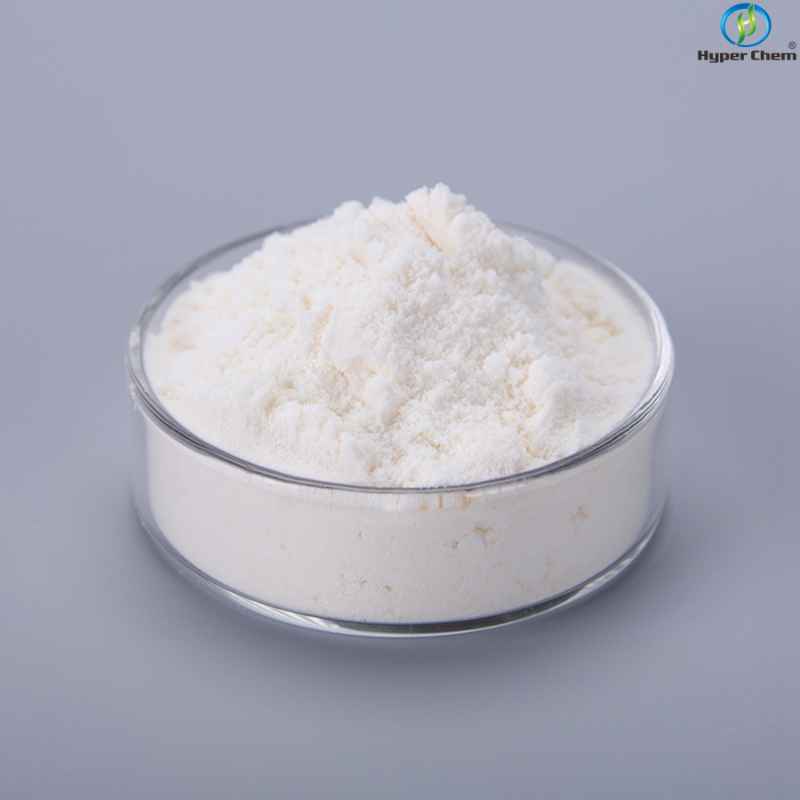-
Categories
-
Pharmaceutical Intermediates
-
Active Pharmaceutical Ingredients
-
Food Additives
- Industrial Coatings
- Agrochemicals
- Dyes and Pigments
- Surfactant
- Flavors and Fragrances
- Chemical Reagents
- Catalyst and Auxiliary
- Natural Products
- Inorganic Chemistry
-
Organic Chemistry
-
Biochemical Engineering
- Analytical Chemistry
-
Cosmetic Ingredient
- Water Treatment Chemical
-
Pharmaceutical Intermediates
Promotion
ECHEMI Mall
Wholesale
Weekly Price
Exhibition
News
-
Trade Service
Liver transplantation (LT) is one of the most complex procedures for patients with end-stage liver disease and presents a huge challenge for surgeons and anesthesiologists
However, information on predictors of blood transfusion in living donor liver transplantation (LDLT) is limited
This study analyzed 2546 patients who received LDLT between January 2010 and October 2019
Figure 1: ROC curve of red blood cell distribution width during intraoperative blood transfusion in living donor liver transplant patients
Table 1: Intraoperative Transfusion Adjusted RDW Cutoff Level (≥14.
Table 2: The added value of evaluating RDW for predicting intraoperative blood transfusion.
In multivariate logistic analysis, RDW≥ 14.
Overall, the researchers found that preoperative RDW ≥14.
Liver transplantation (LT) is one of the most complex procedures for patients with end-stage liver disease and presents a huge challenge for surgeons and anesthesiologists
However, information on predictors of blood transfusion in living donor liver transplantation (LDLT) is limited
This study investigated the relationship between red blood cell distribution width (RDW) and intraoperative blood transfusion in LDLT recipients
Figure 1: ROC curve of red blood cell distribution width during intraoperative blood transfusion in living donor liver transplant patients
Figure 1: ROC curve of red blood cell distribution width during intraoperative blood transfusion in living donor liver transplant patients
Table 1: Intraoperative Transfusion Adjusted RDW Cutoff Level (≥14.
Table 1: Intraoperative Transfusion Adjusted RDW Cutoff Level (≥14.
Table 2: The added value of evaluating RDW for predicting intraoperative blood transfusion.
Table 2: The added value of evaluating RDW for predicting intraoperative blood transfusion.
In multivariate logistic analysis, RDW≥ 14.
≥ P P P P <0.
Preoperative RDW can be a useful predictor of intraoperative blood transfusion in LDLT recipients
.
Preoperative RDW can be a useful predictor of intraoperative blood transfusion in LDLT recipients
.
Original source:
Original source:Sim, J.
-H.
, Kwon, H.
-M.
, Jun, I.
-G.
, Kim, S.
-H.
, Kim, B.
, Kim, S.
, Song, J.
-G.
and Hwang, G.
-S.
(2022), Association between red blood cell distribution width and blood transfusion in patients undergoing living donor liver transplantation: propensity score analysis.
J Hepatobiliary Pancreat Sci.
Accepted Author Manuscript.
https://doi.
org/ 10.
1002/jhbp.
1163.
-H.
, Kwon, H.
-M.
, Jun, I.
-G.
, Kim, S.
-H.
, Kim, B.
, Kim, S.
, Song, J.
-G.
and Hwang, G.
-S.
(2022), Association between red blood cell distribution width and blood transfusion in patients undergoing living donor liver transplantation: propensity score analysis.
J Hepatobiliary Pancreat Sci.
Accepted Author Manuscript.
https://doi.
org/ 10.
1002/jhbp.
1163.
Sim, J.
-H.
, Kwon, H.
-M.
, Jun, I.
-G.
, Kim, S.
-H.
, Kim, B.
, Kim, S.
, Song, J.
-G.
and Hwang, G.
-S.
(2022), Association between red blood cell distribution width and blood transfusion in patients undergoing living donor liver transplantation: propensity score analysis.
J Hepatobiliary Pancreat Sci.
Accepted Author Manuscript.
https: //doi.
org/10.
1002/jhbp.
1163.
Leave a message here







